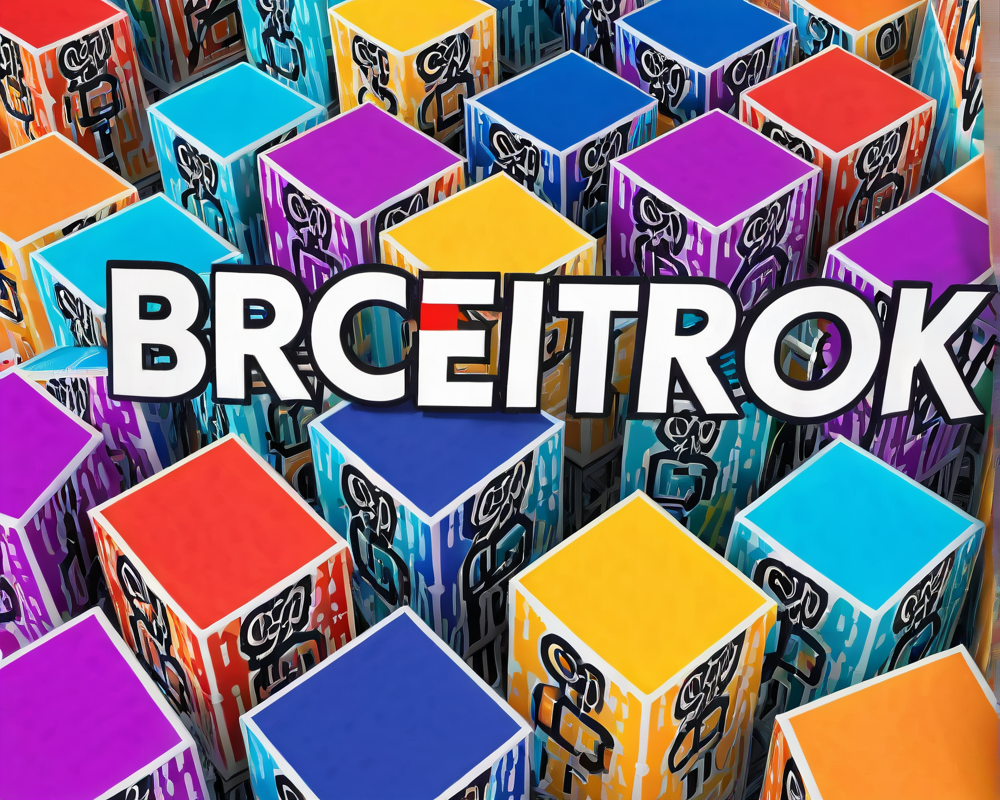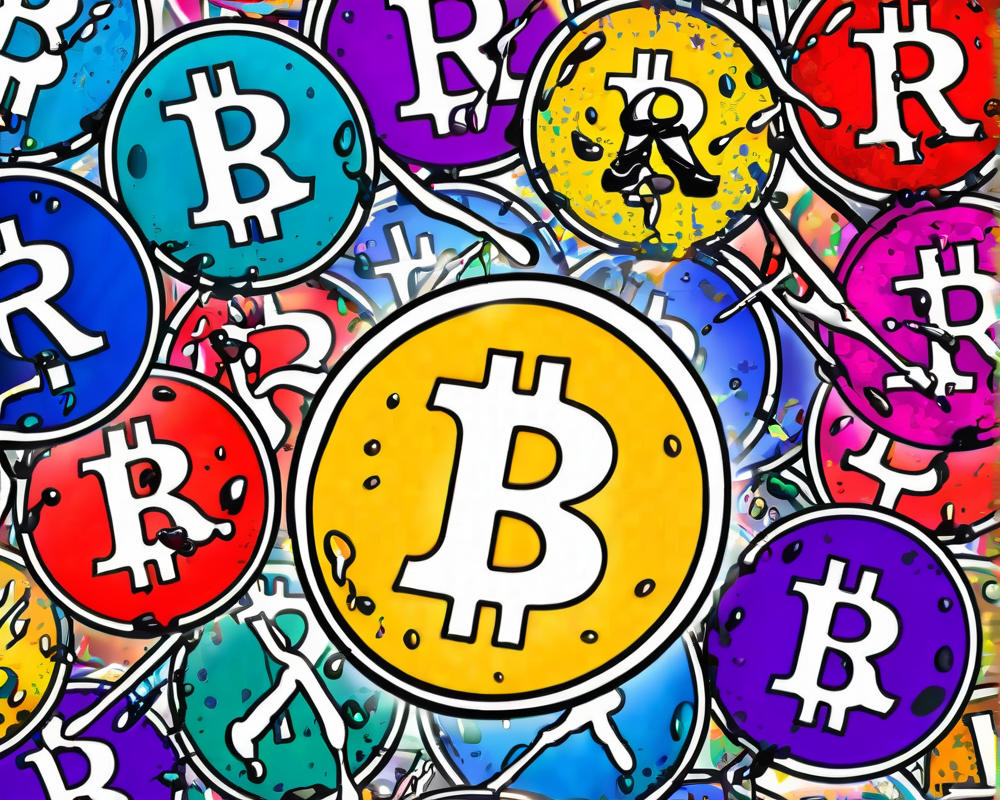Regulated Stablecoins Take Center Stage
At the recent World of Web3 (WOW) Summit in Hong Kong, discussions around the future of regulated stablecoins placed them in the spotlight of both policymakers and industry professionals. Titled “Digital Assets: Policies & the Road Ahead,” the panel aimed to forecast how these digital assets will evolve, especially as their market continues to expand.
Confident Growth Amid Uncertainty
One of the leading voices, Alexandra Sasha, the first deputy to the Danish Parliament and a strong supporter of blockchain innovation, expressed optimism about the resilience of regulated stablecoins. “I think there’s still two forms of need,” she commented. “You will have people who will want to centralize in the digital era, and you will always have those looking for a decentralized payment method.” This reflects a vibrant debate on how these coins will coexist to satisfy different user preferences.
The Balance of Centralization vs. Decentralization
Sasha’s comments highlight a crucial aspect of the current digital landscape. As we inch closer to 2030, the perennial competition between centralized and decentralized financial solutions will continue to shape the conversation surrounding stablecoins. This could lead to innovative solutions that cater to both camps. Just think: a centralized stablecoin for those who want the comfort of regulation and a decentralized option for the thrill-seekers! It’s like choosing between a safe sedan and a high-octane sports car.
Mixed Predictions from Experts
Kelvin Lester Lee, the commissioner of the Securities Exchange Commission of the Philippines, displayed a cautious view. While he is optimistic that regulated digital assets will still exist by 2030, he hinted that they might not flourish as one would hope. “They might also look different,” he noted, adding another layer of intrigue to the future landscape of digital assets. It sounds like a plot twist straight out of a sci-fi movie.
Centralized vs. Decentralized: The Carbon-Copy Debate
Douglas Arner, a professor at the University of Hong Kong, rounded off the discussion by positioning this decade as one characterized by intense rivalry between centralized and decentralized frameworks. He pointed out that this competition is not confined to traditional finance but spans the realms of the metaverse and crypto. By the decade’s end, we may witness an array of structures that might establish regulated stablecoins as a dominant currency in blockchain applications.
Final Thoughts: A World of Possibilities
As the panel wrapped up, it became evident that the journey of regulated stablecoins is just beginning. Innovations will fuel their growth, but the path is fraught with questions and conundrums. One thing is clear: the future is ripe for experimentation, and everyone—from policymakers to tech enthusiasts—will be keenly watching how this narrative unfolds.



